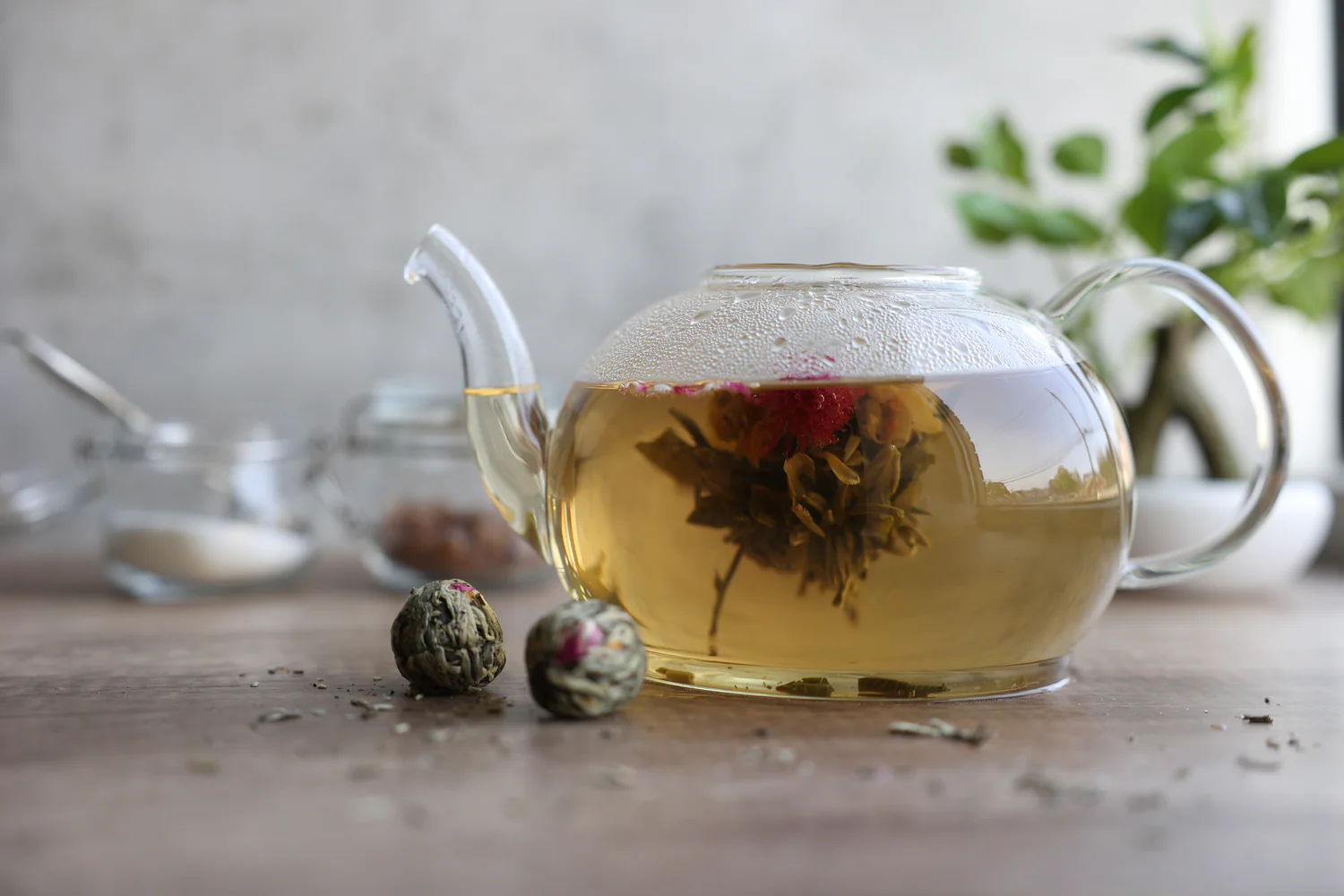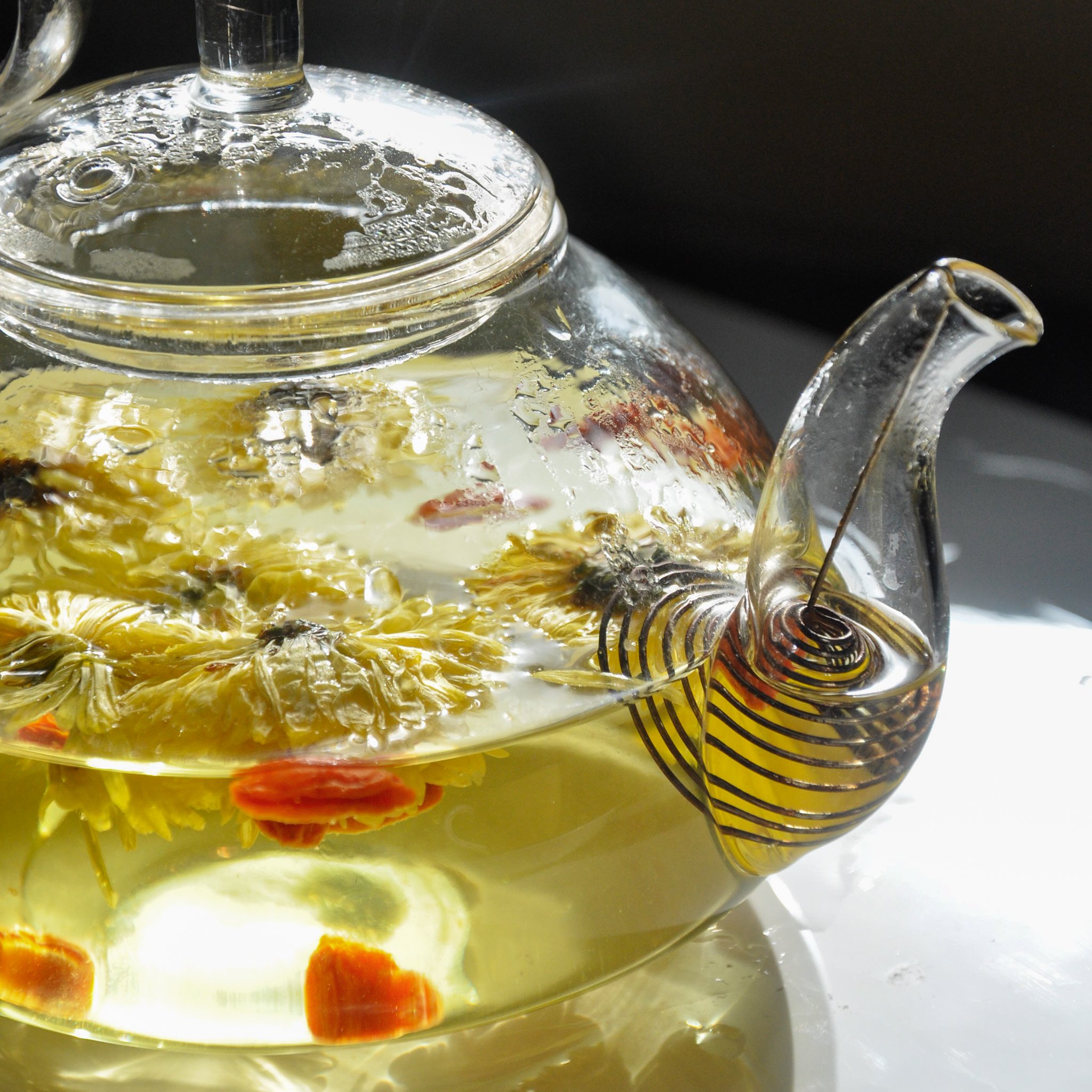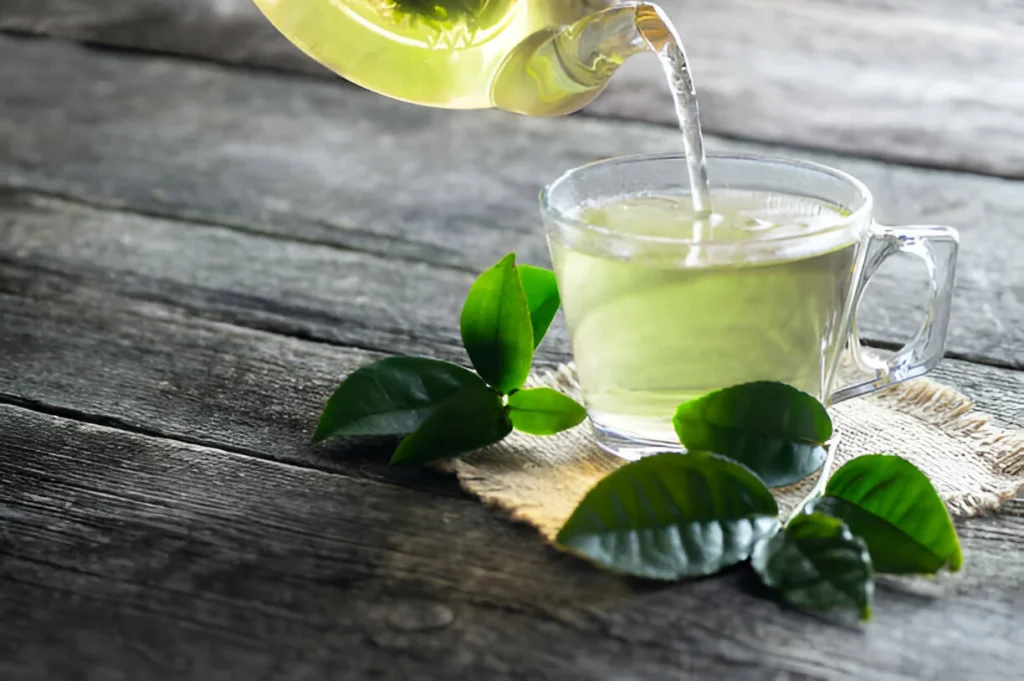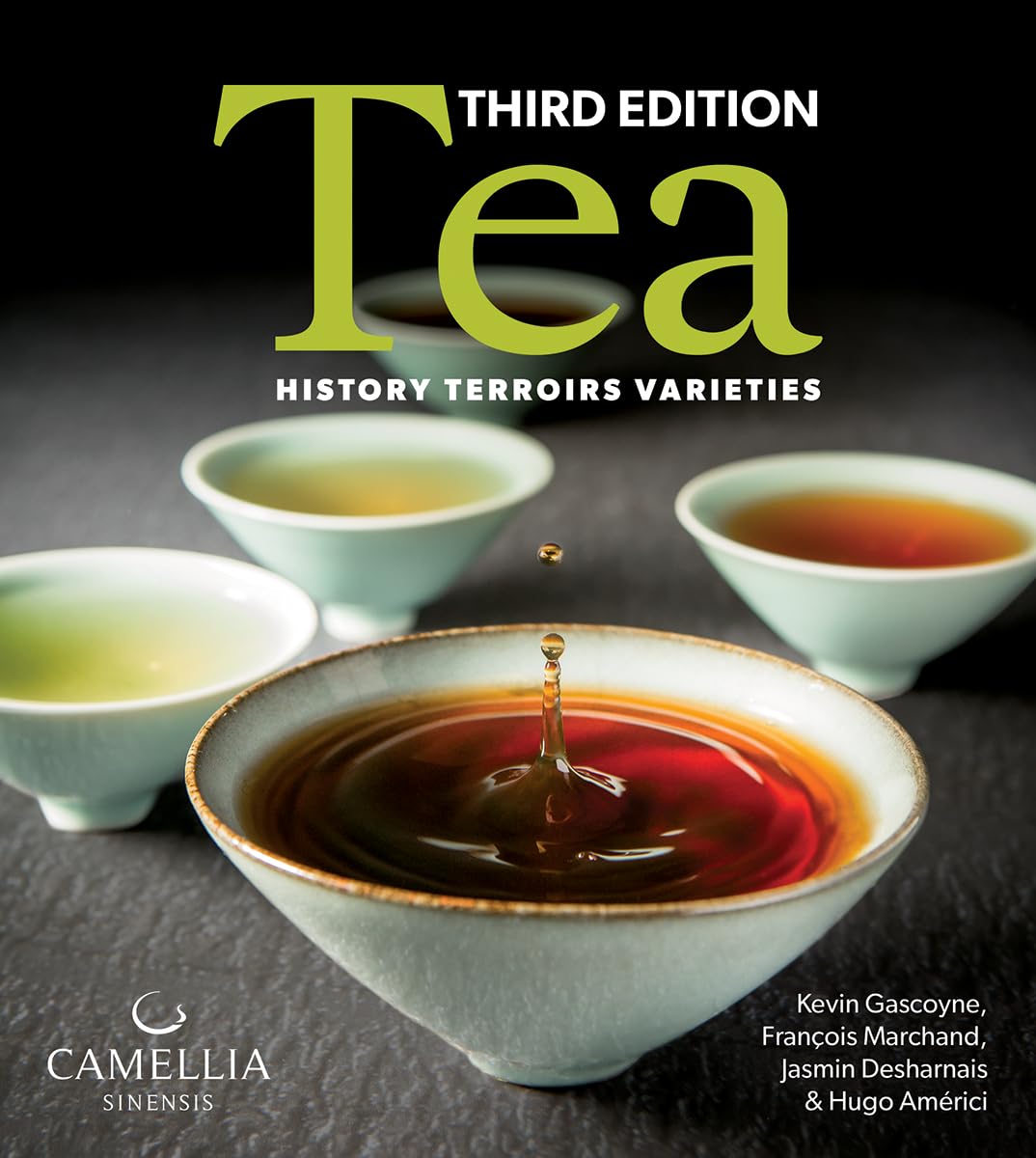Steeping tea is where the magic happens, and as a tea lover, I know how transformative a properly brewed cup can be. It’s not just about throwing some leaves into hot water—it’s an art that celebrates the unique character of each tea. Here are my tips and insights, honed through personal experience and inspired by the wisdom of tea artisans and masters from across the world.
Start with the Basics: General Guidelines
Every cup of tea I make is the result of careful attention to a few key factors. Different teas require different approaches, and understanding these nuances is the first step to unlocking their best flavors.
- Use Enough Leaf: A weak cup of tea is often the result of using too little leaf. I’ve learned that 2–3 grams of loose-leaf tea for every 6 ounces of water is a reliable starting point.
- Mind the Water Temperature: Each tea has its preferred temperature. Using water that’s too hot can scorch delicate leaves, while water that’s too cool won’t fully release the flavors.
- Don’t Over-Steep: It’s tempting to think that longer steeping times mean more flavor, but over-steeping often results in bitterness or overpowering astringency.
Measuring the Leaf
Loose-leaf tea comes in all shapes and sizes—some are light and bulky, while others are dense and compact. Measuring by weight is the most consistent method. I use a small kitchen scale to weigh 2–3 grams per 6 ounces of water, but when I don’t have one handy, I estimate by volume:
- Light teas (e.g., fluffy white teas): 1–2 tablespoons.
- Dense teas (e.g., tightly rolled oolongs): 1 teaspoon.
For me, experimenting with leaf quantity is part of the fun. Adjusting the amount can highlight different aspects of a tea’s flavor.
Water Temperature
This is where precision makes a big difference. Over time, I’ve learned to associate specific teas with their ideal water temperatures:
- Black and Pu-erh teas: Just off the boil (200–210°F).
- Oolong teas: Slightly cooler (180–205°F), depending on the style.
- Green and jasmine teas: Even cooler (170–185°F) to prevent bitterness.
- White and yellow teas: The coolest (160–170°F) for their delicate nature.
When I don’t have a thermometer, I use the “wait and cool” method—letting boiled water rest for a minute or two before pouring it over the leaves.
Steeping Time
Timing is everything. Tea that’s under-steeped tastes flat, while over-steeped tea can be unpleasantly bitter. I stick to these general steeping times for the first infusion:
- Black tea: 3–5 minutes.
- Oolong tea: 1–3 minutes.
- Green and white teas: 1–2 minutes.
- Pu-erh and heicha: 3–5 minutes.
Yellow teas, with their unique processing, fall closer to white teas but can handle slightly longer times.
For stronger teas, like black or Pu-erh, I might steep closer to the longer end if I’m adding milk or sugar, as these balance out any astringency.
Asian-Style vs. Western-Style Steeping
One of the joys of tea is exploring the different cultural approaches to steeping. Both Asian-style and Western-style methods have their own charm, and I use them depending on the tea and the mood I’m in.
- Asian-Style Steeping:
Using a small teapot or gaiwan (3–6 ounces), I steep the tea multiple times for just 30 seconds to a minute per infusion. This method is perfect for exploring the evolving flavors of high-quality teas like oolongs and Pu-erh. The high ratio of tea to water delivers a rich, complex cup. - Western-Style Steeping:
With a larger teapot (18–32 ounces), I steep a smaller amount of tea for a longer time—usually 2–5 minutes. This approach is great for a single, full-bodied cup, though some teas can handle a second steeping.
I love the meditative process of Asian-style steeping, but Western-style brewing is my go-to when I’m sharing tea with friends or enjoying a cozy afternoon.
Tailoring to the Tea
Each type of tea has its own personality, and steeping it just right brings out its best. Over time, I’ve developed a few favorite strategies for different teas:
- Black Tea: Perfect for a strong, warming brew. I steep it hotter and longer, often adding milk or honey when I want extra comfort.
- Green and Jasmine Teas: These require a delicate touch. I use cooler water and shorter steep times to preserve their fresh, vibrant flavors.
- Oolong Tea: A true favorite of mine. Whether it’s a roasted strip-style or a green, floral semiball-rolled variety, I experiment with short, repeated steeps to discover new layers of flavor.
- Pu-erh and Heicha: The earthy richness of Pu-erh always feels like a treat. I enjoy longer steeps for ripe (shou) Pu-erh and love the evolving sweetness of raw (sheng) Pu-erh over multiple infusions.
- White and Yellow Teas: These are my “gentle sips,” best enjoyed with cooler water and a light touch to bring out their delicate sweetness.
Making It Your Own
Steeping tea isn’t about following rigid rules—it’s about learning what works for each tea and for your own taste. Whether you’re meticulously measuring leaves or brewing intuitively, the goal is the same: a delicious, satisfying cup.
Every steep is an opportunity to refine your technique, explore new teas, and deepen your appreciation for this ancient beverage. For me, the act of steeping is as much about the journey as it is about the destination—because with tea, the process is where the magic begins.






